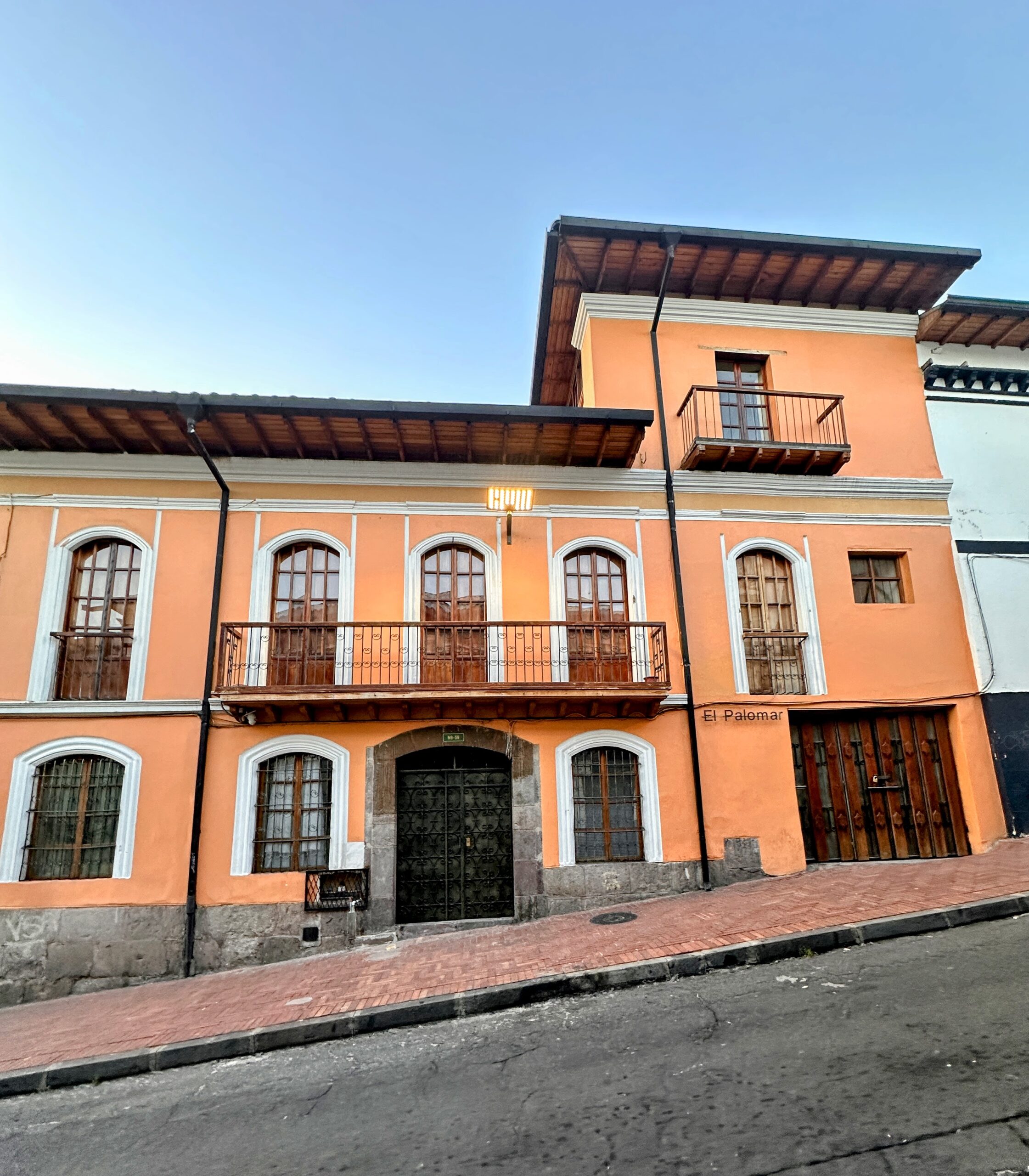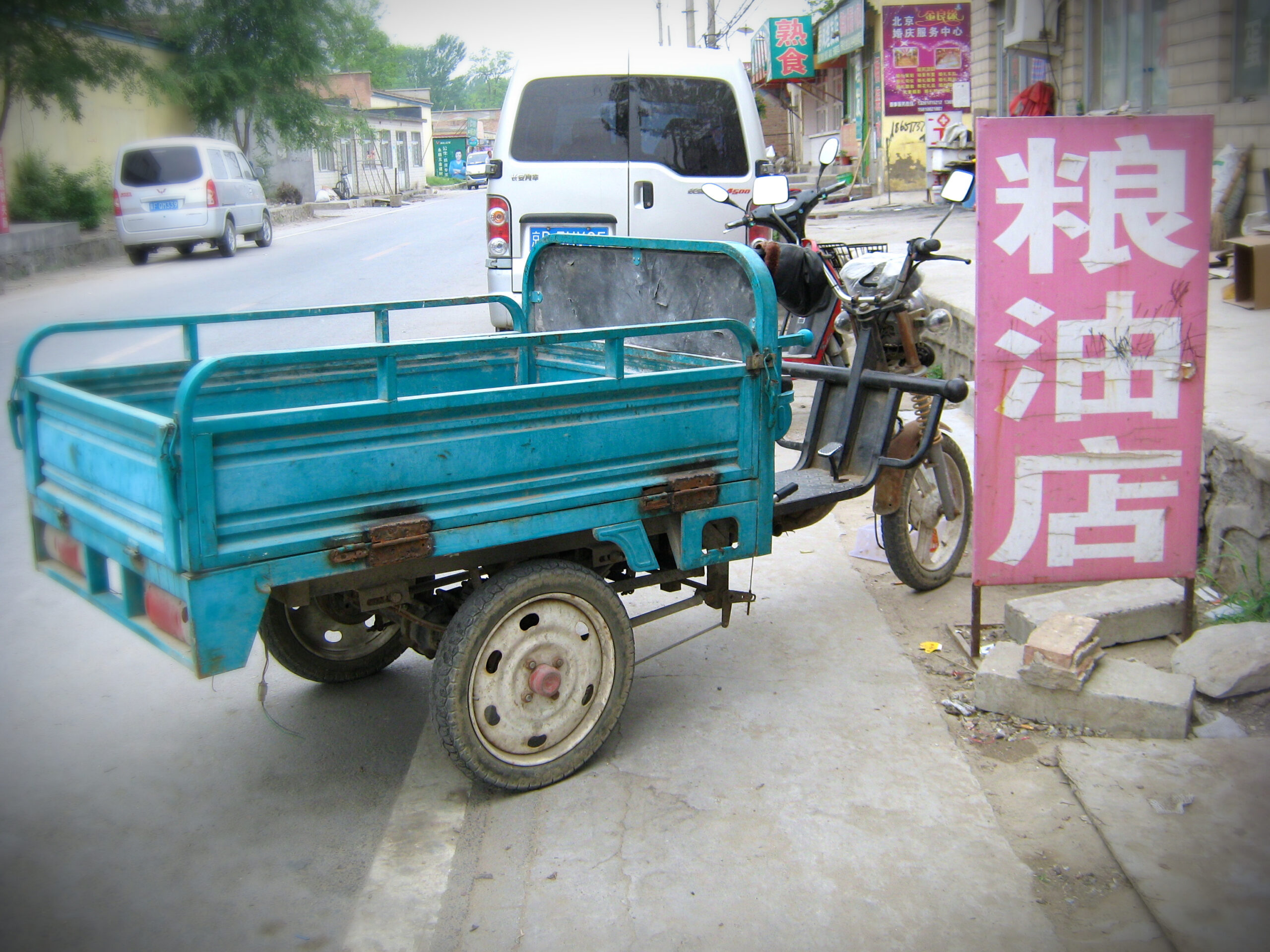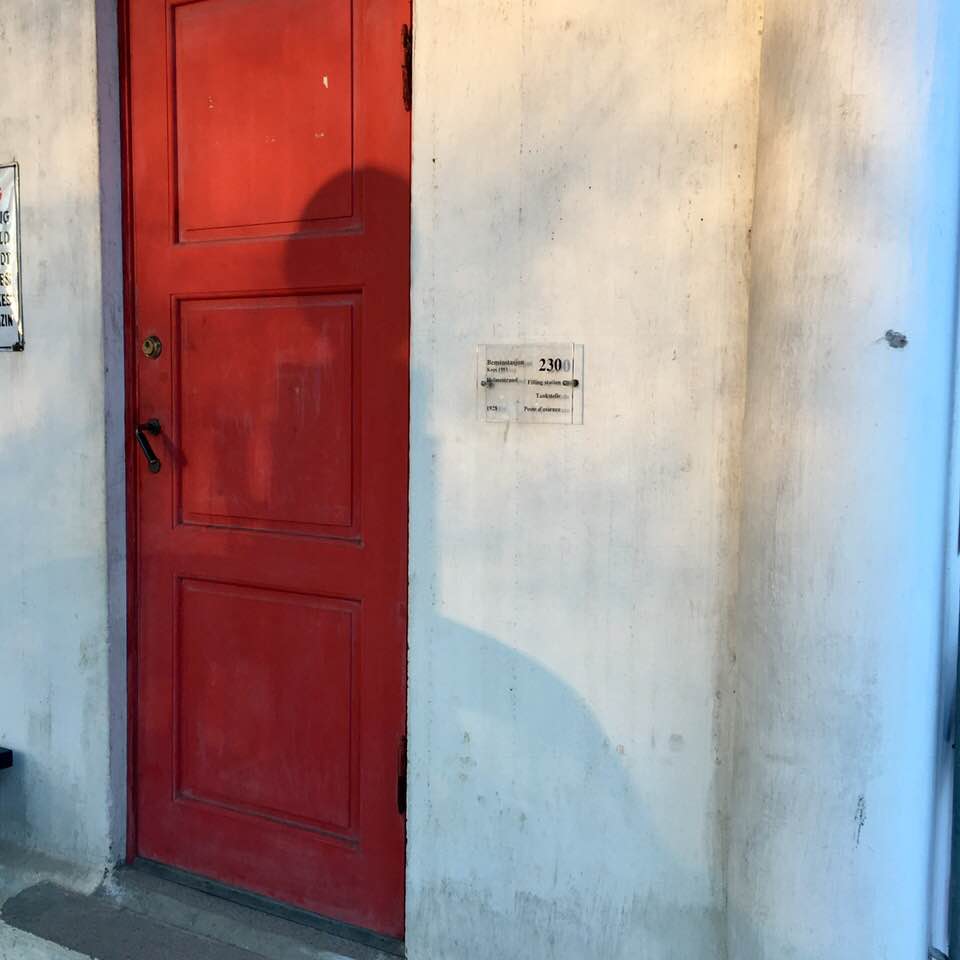
12 Essential Tips for Visiting Quito, Ecuador — A Must-See City!
Are you planning to visit Quito, Ecuador?
I spent a week solo in Quito, Ecuador, before embarking on a group trip to the Galapagos Islands. I wanted to explore this unique city in South America while working remotely before I took my vacation time in the Galapagos. I am so glad I had a week to explore! If you are looking for a quick three-day itinerary, I have highlighted my favorite parts of my trip for you.
While my time to see Quito was limited due to my work schedule, I did get to immerse myself in my neighborhood, chat with residents, frequent the local mercado and learn about the uniqueness and beauty of this city. As Elaina, my barista at El Farol Cafe Libro, said, “Quito is the most beautiful city in South America!”
Why should you visit Quito?
Quito is a city rich in history and culture and deserves to be more than just a jumping point for trips to the Galapagos, the rainforest or Cotopaxi.
Quito is divided into three sections separated by hills. I stayed in the central area, the colonial old city, or Old Town. The southern section is mainly an industrial and working-class residential area. North is the modern Quito, with high-rise buildings, shopping centers, the financial district and a mix of upper-class, middle-class and working-class residential areas. The city is 25 miles long and three miles wide; in a week, I barely scratched the surface of Old Town.
Here’s what you need to know before you visit Quito.
- Be prepared for the altitude. Quito is the second-highest capital city in the world! The altitude of Quito is around 9,350 feet (2,850 meters), and the city is situated in the Andes Mountains. For a frame of reference for those in the United States, Denver sits at 5,280 feet. Fewer than 20 cities in the U.S. are higher in elevation (most in Colorado), so there is a good chance you will need to prepare for the high altitude. You’ve probably heard of chewing coca leaves, but I followed the advice of the hotel staff: Stay hydrated, take it easy until your body adjusts and sip some chamomile tea to help relieve headaches. All of these worked really well for me. I drank two liters of water plus Liquid IV every day.



- Cash is king. As in many South American countries, you will want to bring cash and have a good international debit card. I use the Charles Schwab debit card, which reimburses me for currency conversion (where applicable) and all ATM fees. Prices in Quito are really low compared to US prices, so your money goes a long way. ATMs are hit-and-miss. The most reliable one that I found was in Palacio Arzobispal, to the left of Independence Plaza. If you navigate to LaVid restaurant, you’ll find the yellow and blue Banco del Pacifico ATM inside the shopping plaza. Remember to always use bank ATMs as opposed to third-party ATMs; I always try to find one inside a hotel or building where there is a little more protection.
- Consider staying in Quito’s historic center. This area has been declared a UNESCO World Heritage site and offers beautiful colonial architecture. Many attractions, such as Basilica del Voto Nacional, Convent of San Fransisco, Independence Plaza and many beautiful churches, are within walking distance. This area is very tourist-friendly, with lots of restaurants, hotels, shopping, small groceries, hostels, public transportation and plenty of taxis. You still get to see lots of local activity while being in a very accessible area.



- Take a walking tour. Walking tours are hands-down the best way to see an area and learn about its people, customs and culture. They’re also a great way to orient yourself to an area and hear from a resident about the best places to go and the places to avoid. I met another woman traveling solo on my walking tour, and we ended up taking the Middle of the World tour together. Have your guide show you the best chocolate shops in town; Ecuadorian chocolate is the best!






- Use taxis from registered companies or ride-sharing apps like Uber or Cabify to avoid scams. I found taxi stands in many areas. I had my hotel arrange for a driver to pick me up from the airport, and I used that same driver for several excursions. While I don’t speak much Spanish, and he doesn’t speak much English, we became fast friends with Google Translate. If you need a driver in Quito, I highly recommend Freddy! (If you email me, I’ll give you his number.)
- Don’t miss the view from the TelefériQo, a cable car that takes you to the top of Pichincha Volcano. You can see all the volcanos surrounding Quito and take in the amazing views. There are several hiking trails that you can follow after you get off at the top of the cable car. Wear sturdy shoes and make sure you have sun protection. It doesn’t take long in that altitude to get a bad burn in a short amount of time. You do not have to book a tour to enjoy the cable car, the hike or even the horse tour that exists just slightly up the volcano from the top of the cable car. The cost to ride the cable car was $5 for residents and $8.50 for tourists. The cable car is not always running, so check the website before you head out! The best way to get there is to hire a taxi. I had Freddy take me, and I even paid for him to go up the mountain with me; we had a great time!












- Visit Quito’s many museums and churches to learn about its history and culture. The Museo Casa del Alabado is a must-visit for those interested in pre-Columbian art.
- Try the local food! Quito has a rich culinary scene, with dishes such as ceviche, locro de papas (potato soup) and empanadas. I had empanadas from a small restaurant across the street from my hotel. It was literally a door that opened to a small space approximately 4 feet x 8 feet. Every day, they sold a different empanada. They were huge and $1 each! The small mom-and-pop restaurants will have a lunch feature each day, typically consisting of a soup, a main dish of meat, rice, vegetables and a glass of fresh juice. These meals were typically around $3. Most places I went to had vegetarian options.









- Stay safe. As in any city, you want to stay aware, consult residents on places that are safest and avoid certain areas of Quito. As we drove through rougher areas, my taxi driver would have me roll up my window. Be aware of your surroundings and take precautions to ensure your safety. Avoid walking alone at night, and keep your belongings close to you. I kept my big camera in my bag when I was out walking around the city, even during the day. My hotel gave me a map that was color-coded to give me an idea of which places were the safest for me to walk as a solo traveler. I only ventured out after dark one evening to a restaurant nearby.
- Learn some Spanish before you go and download the Google Translate app. While many people in Quito speak English, just as many do not. Knowing some Spanish will make your experience smoother and more enjoyable. It’s also just good manners.
- Pack layers — light layers! I went to Quito in January, and the high was between 65F and 70F during the day. It felt much warmer! I had packed a midweight jacket and never wore it. It got down to around 55F at night, and a long-sleeved shirt was warm enough for me. During the day, I was quite warm in a T-shirt and lightweight linen pants. I didn’t encounter air-conditioning anywhere, so prepare to be warm. I have a small packable fan that is perfect for travel and was so handy on this trip. The weather cools down quite a bit at night so sleeping was comfortable. Quito’s weather can be unpredictable, so a light rain jacket would also be good to pack, especially during the rainy season, October to May. That being said, Quito has little seasonality, as it does indeed sit at the equator.
- Finally, take the time to explore Quito’s neighborhoods and meet the locals. They are friendly and welcoming; getting to know them will make your trip even more memorable.
Must-know details for visiting Quito
Currency: The currency in Quito is the U.S. dollar. Expect to see a lot of $1 coins you don’t usually see in the U.S. Most places only accept cash, even some hotels and hostels, so be prepared and bring plenty of cash with you.
ATMs: ATMs are available but not always reliable. To withdraw cash, use bank ATMs rather than third-party ATMs. U.S. residents can get the Charles Schwab debit card, which will reimburse their ATM and currency conversion fees when using a foreign currency. I had the best luck with Banco del Pacifico ATMs.
Outlets: 2- and 3-prong outlets on 120V, same as the United States.
Cellular service: I use the Airalo App, and for this trip, I purchased a 5g eSIM that was good for 30 days for $32.50. I had great wifi at my hotel in Quito and really only used cellular data when away from my hotel for Google Maps and Google Translate.
Language: Spanish. While some people I interacted with spoke English, many did not, so make sure you practice your key phrases and have Google Translate downloaded.
WhatsApp is the preferred method of communication with drivers and tour operators, so make sure you have it on your phone.
Solo Traveler: I met a lot of solo female travelers, and this is a very doable city. I will say that this is a destination that I think I would have enjoyed a lot with a friend because there are areas that are really safe and areas to be more cautious, and that’s just easier to navigate with a travel buddy!
Have a question I haven’t answered? Drop me a line hello@journeyhere.travel, and I’ll be sure to get back to you!
Ready to book your trip to Quito?
Book your accommodation
We love booking.com for accommodations. They have a range of hotels, resorts, apartments, guesthouses and even hostels. The platform has a loyalty program which allows you to save even more.
Book your tours
We love booking tours through one provider and keeping our mobile tickets in one spot. We use GetYourGuide. We love that they work with local companies and provide a wide variety of tours!
Stay Connected
We love Airalo for our eSims. eSim is the easiest way to obtain data outside your network. We and have used their eSim cards in Budapest, Canada and Ecuador. Simply download the Airalo app, pick the country you are traveling to and the amount of data you want. Follow the installation instructions and turn it on when you arrive!
Shopping for your trip?We make a small commission when you use our Amazon Affiliate link. This helps offset maintaining our website, at no cost to you.






Although we strive to provide the most current information, bars, restaurants and attractions mentioned may close at any time, operate with a limited menu or reduced hours, or have takeout options only. We recommend checking individual websites for operating hours and updates before visiting.
The views expressed on this website represent the opinions of the authors; we encourage you to form your own opinions and confirm any facts.
This post likely contains affiliate links. If you shop or make a reservation through these links, we may make a small commission (for which we are very grateful!) at no extra cost to you. Not all links are affiliates, and we only suggest products and places that we have experienced.
We are a participant in the Amazon Services LLC Associates Program, an affiliate advertising program designed to provide a means for us to earn advertising fees by linking to Amazon.com and affiliated websites.



